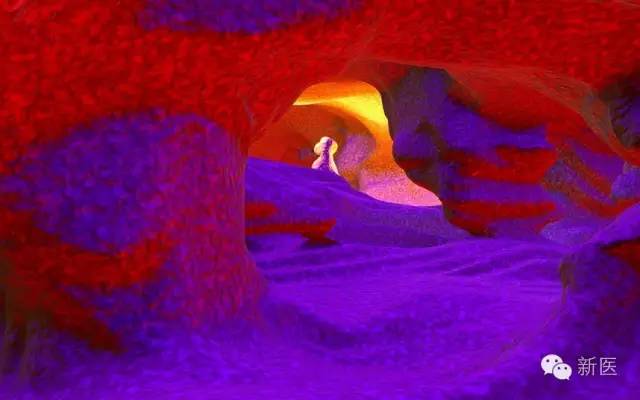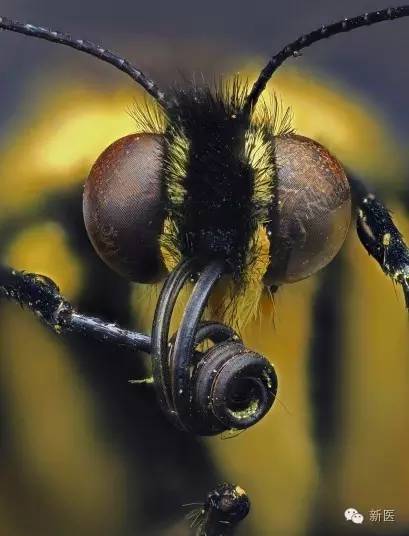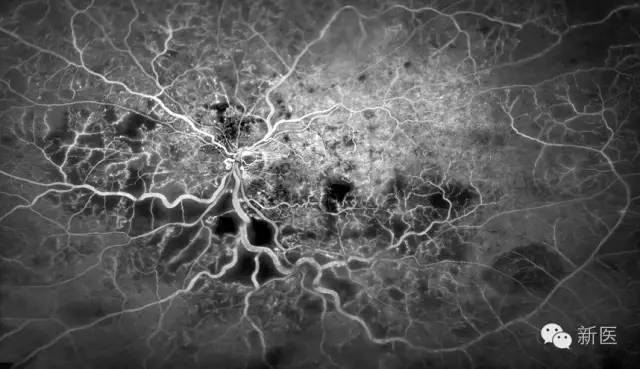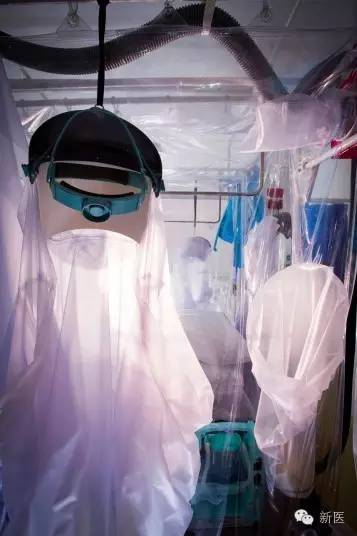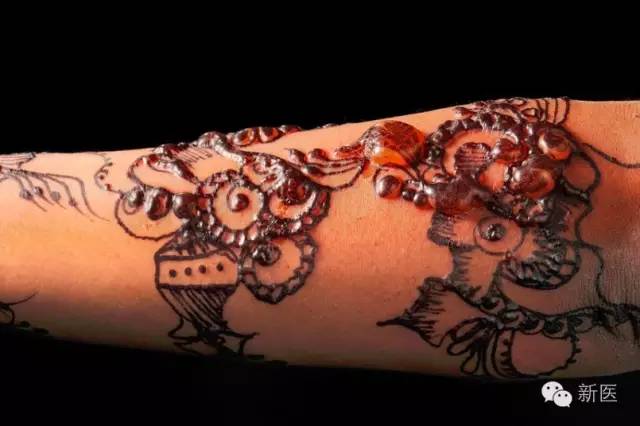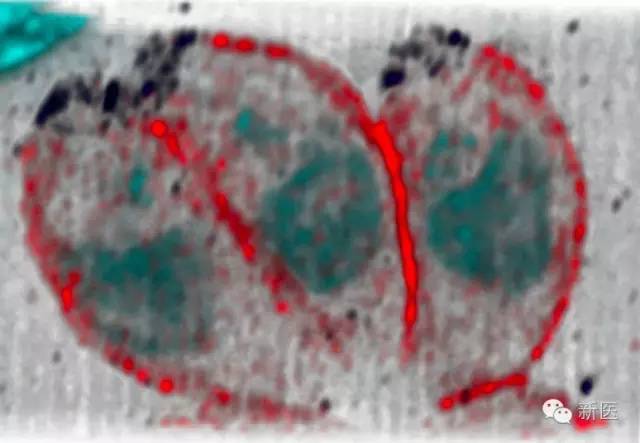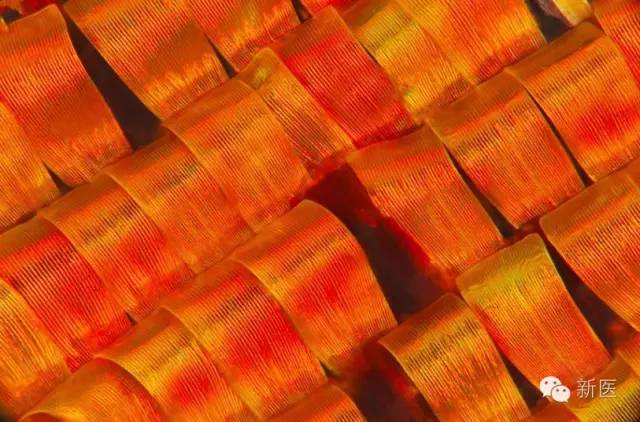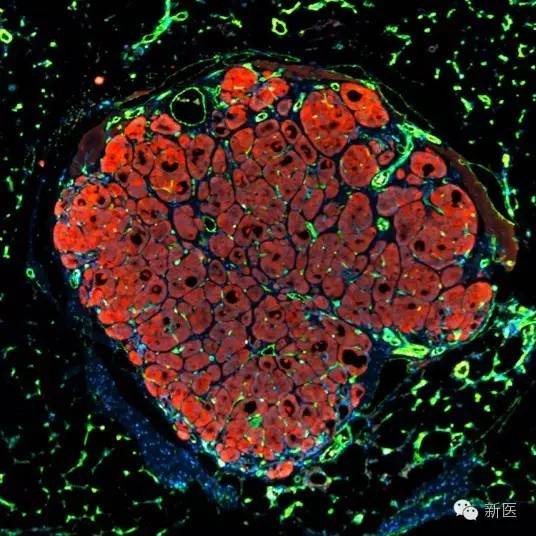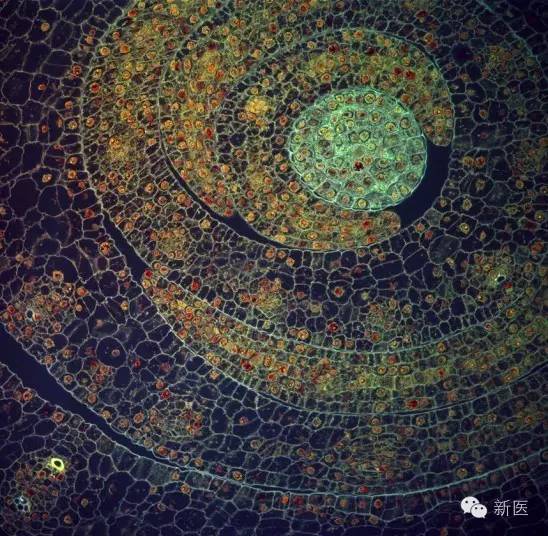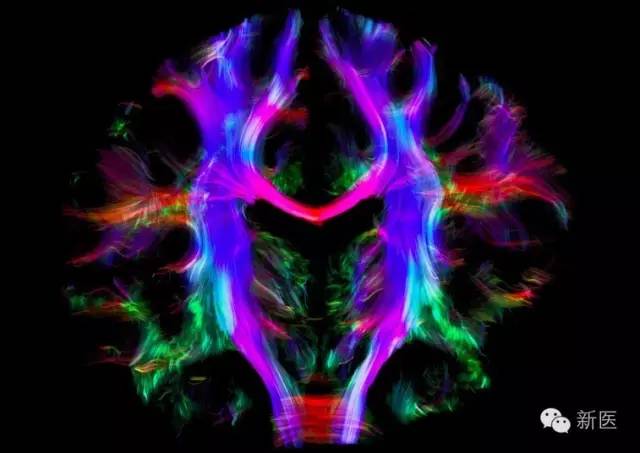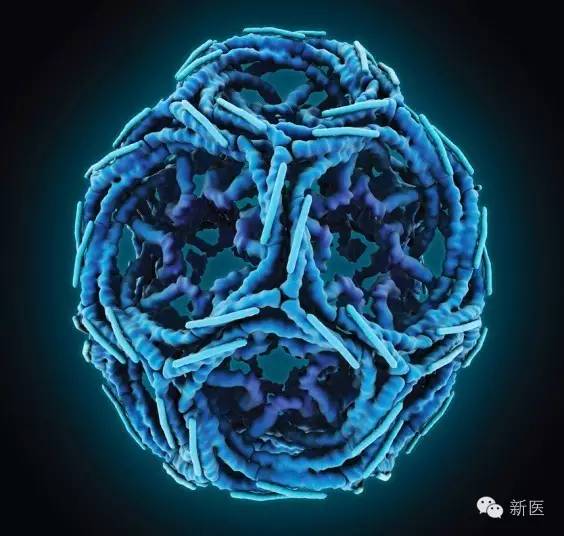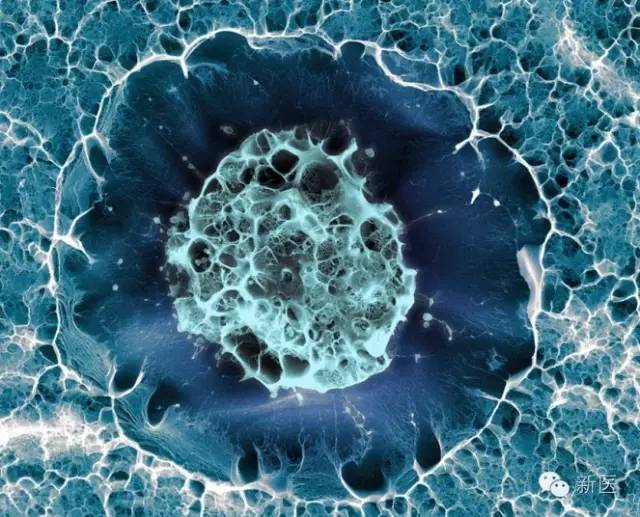公众号开通以来终于迎来了第一个周末,撒花~~~
已经严肃了5天,必须要稍微轻松一下,我们准备每个周六作为医学摄影日,第一期当然先是高大上的获奖作品啦!但以后,会刊登大家的投稿作品,整天看不如一起嗨,记得投稿哦!接受所有与医学圈有关的摄影作品。
The Wellcome Image奖是从网站全年接受的所有生物医学科学领域的摄影作品中评选而来。评委包括科学通讯、医学和生物医学专家。
人眼内部'Inside the human eye' by Peter Maloca from the University of Basel. A 3D picture inside the back of a human eye. Tunnels like these carry blood to the eye to help it work properly. Pictures like this are used by doctors to help them spot early signs of disease in the eye. These tiny tunnels are about 100 micrometres (0.1 mm) tall
早产儿接受蓝光治疗'Premature baby receiving light therapy' by David Bishop at the Royal Free Hospital. This newborn baby was born early and has jaundice, a common condition which turns the skin and eyes yellow. The baby is being treated in a special container called an incubator and lies under a blue coloured light, with eyes covered
燕尾蝶'Swallowtail Butterfly' by Daniel Saftner. Butterflies have two big round eyes for seeing quick movements and two antennae for smelling. They also have a long feeding tube, which is curled up like a spring here, but it unrolls so the butterfly can use it like a straw to drink nectar from flowers. This picture is 5 mm wide
眼底动脉'Blood vessels in the eye' by Kim Baxter. These white spidery lines are blood vessels inside a person's eye. Blood travels through these tubes to the eye to help it work properly. If one of these tubes gets blocked or starts to leak, this can cause problems in the eye and may affect how well someone can see. This image is about 20 mm wide
脑部干细胞分裂'Dividing stem cell in the brain' by Paula Alexandre. This circle of pictures shows different stages of a stem cell splitting in two inside the brain of a zebrafish before it hatches. Starting at about the 8 o'clock position, the cell splits to make two different cells found in the brain. One of the cells stays purple as you move clockwise through the stages, while the other becomes white. The picture is about 250 micrometres (0.25 mm) wide
牛的心脏'Cow Heart' by Michael Frank. The heart is very important as it pumps blood around the body. Windows have been cut into this heart to show what's inside. It is 27 cm from top to bottom and is about four times the size of a human heart
感染性疾病隔离间'Infectious disease containment unit' by David Bishop. This special see-through tent surrounds a bed in the Royal Free Hospital in London. It's for patients who have a dangerous infectious disease, like Ebola
纹身过敏'Black henna allergy' by Nicola Kelley. A black henna tattoo on the arm of a young girl. Henna is a dye that people use to draw on their skin, but it disappears over time. This girl has blisters on her arm because she is allergic to the dye. The blisters will heal but they may leave marks on her skin
弓形虫病'Toxoplasmosis-causing parasites' by Leandro Lemgruber. A close-up look at three bugs that can make people ill. They are parasites, which live inside another living thing using it for food and shelter. These bugs are sometimes found in cat poo and in meat that has not been cooked properly. Each one is about 10 micrometres (0.01 mm) long
蛾子的鳞片'Moth Scales' by Mark R Smith. A close-up look at scales on a Madagascan sunset moth. This large moth sparkles with colour in the light and is often mistaken for a butterfly. But the colour is an illusion. It comes from light bouncing off these curved scales, and the wings themselves have very little colour. This picture is 750 micrometres (0.75 mm) wide
氧化石墨烯上的细菌'Bacteria on graphene oxide' by Izzat Suffian, Kuo-Ching Mei, Houmam Kafa and Khuloud T Al-Jamal. Two bacteria sitting on an extremely thin sheet of carbon. This material is one of the thinnest, strongest materials so far discovered. Researchers are trying to stick different medicines to it so they can be carried to the right place in the body when needed. The bacteria are about 2 micrometres (0.002 mm) long
生物工程人类肝组织'Engineering human liver tissue' by Chelsea Fortin, Kelly Stevens and Sangeeta Bhatia. This small piece of human liver has been put into a mouse with a damaged liver. The human liver has started to grow using blood from the mouse to help. Researchers hope that one day this could be used to help people with damaged livers. This picture is 1.1 mm wide
雷诺氏病'Raynaud's Disease' by Matthew Clavey. This picture shows the temperature of two people's hands. The hand on the left is from a healthy person and is much hotter than the hand on the right, which is from someone with Raynaud's disease. People with Raynaud's disease often have very cold hands and feet
玉米叶子细胞'Maize Leaves' by Fernan Federici. Each curled leaf from this young maize (corn) plant is made up of lots of small cells (small green square and rectangle shapes). Inside each cell is a nucleus (orange circle), the control centre that tells the cell what to do. This picture is about 250 micrometres (0.25 mm) wide
人脑的连接'Wiring the human brain' by Alfred Anwander. A map of pathways inside a person's brain. Different parts of the brain talk to each other using different pathways and these have been coloured in here. This is a view from behind. It shows the links between the left and right sides of brain in red, the links between front and back in green, and the links between the brain and the rest of the body in blue. This brain is about 16.5 cm wide
检测中风'Detecting Stroke' by Nicholas Evans. A medical scan showing a blocked blood vessel (green) inside the neck of this person. This blood vessel carries blood to the brain and when it gets blocked, parts of the brain can get damaged and stop working properly. When this happens it is called a stroke
网格蛋白笼'Clathrin Cage' by Maria Voigt. These tiny cages are like baskets that carry things around inside a cell from one place to another. Cells can have lots of these cages inside them. When the cage is not being used it breaks up into smaller pieces, which get recycled. The cage can be put back together again when it's next needed. This cage is about 50 nanometres (0.00005 mm) across
人类干细胞'Human stem cell' by Silvia A Ferreira, Cristina Lopo and Eileen Gentleman. A stem cell, which can make some of the other types of cells found in the body. This one was taken from inside a person's hip bone and was put in a mixture of chemicals made to be like where the cell lives inside the body. The cell is about 15 micrometres (0.015 mm) across
大赞吧?当然我们一般没机会拍显微照片,但工作中处处有美妙、惊奇的瞬间。凝固美好,记得投稿!
如果喜欢我们的文章,记得关注和转发呦!
